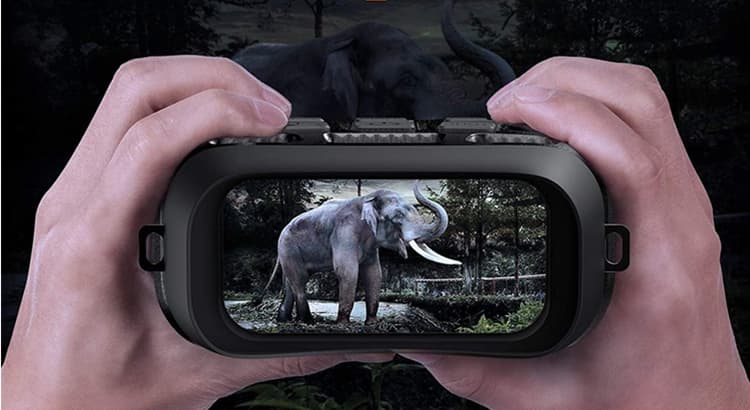The allure of night vision goggles lies in their ability to pierce the veil of darkness, revealing a world that remains hidden to the naked eye.
A common inquiry that echoes among enthusiasts and users is: Can night vision goggles see in total darkness?
In this exploration, we delve into the technological intricacies of night vision devices to unveil the capabilities and limitations when faced with the absence of light.
The Essence of Night Vision
Night vision goggles function by harnessing ambient light present in the environment.
While they are most effective in low-light conditions, their performance in total darkness hinges on the presence of any ambient light sources, no matter how faint.
Generation Matters
Night vision goggles are categorized into generations, each representing advancements in technology. Generation 1 (Gen 1) devices, the most common among consumer options, rely on ambient light and may struggle in total darkness.
However, as we progress to higher generations, particularly Gen 2 and Gen 3, devices showcase improved sensitivity and can operate more effectively in near-total darkness.
Infrared Illumination
To combat the challenges posed by complete darkness, many night vision goggles incorporate infrared (IR) illumination.
Infrared light is beyond the visible spectrum for humans but is detectable by night vision devices.
Goggles with built-in IR illuminators emit invisible light, essentially illuminating the surroundings and allowing the device to generate a visible image.
IR Range and Performance
The effectiveness of night vision goggles in total darkness is often influenced by the range and power of the IR illuminator.
Higher-quality devices with robust IR capabilities can illuminate a larger area, providing enhanced visibility even in pitch-black environments.
Real-World Considerations
Outdoor vs. Indoor Environments: In outdoor settings with minimal ambient light, night vision goggles may rely more on their IR capabilities to operate in total darkness.
Conversely, in indoor environments with some ambient light from external sources like streetlights or moonlight, even Gen 1 goggles can offer functional visibility.
Professional and Military Applications
Night vision goggles used in professional and military applications often integrate advanced technologies, including sophisticated IR illuminators and sensors.
These devices can function effectively in challenging environments, providing operatives with a tactical advantage in complete darkness.
Limitations and Considerations
While night vision technology has come a long way, achieving optimal visibility in absolute darkness remains a challenge.
Complete reliance on ambient light or IR illumination introduces limitations, and users should be aware that the quality of the night vision experience can vary based on environmental conditions and device specifications.
The Verdict
In conclusion, while night vision goggles excel in low-light conditions, their ability to see in total darkness hinges on technological features, especially the presence of ambient light or the incorporation of effective IR illuminators.
Users seeking optimal performance in pitch-black environments may find higher-generation devices with robust IR capabilities better suited to their needs.
Night vision goggles, with their ability to navigate the shadows, offer a fascinating glimpse into the unseen world of the night.
As technology continues to evolve, we can anticipate further advancements that will enhance the effectiveness of night vision devices in overcoming the challenges posed by total darkness.





